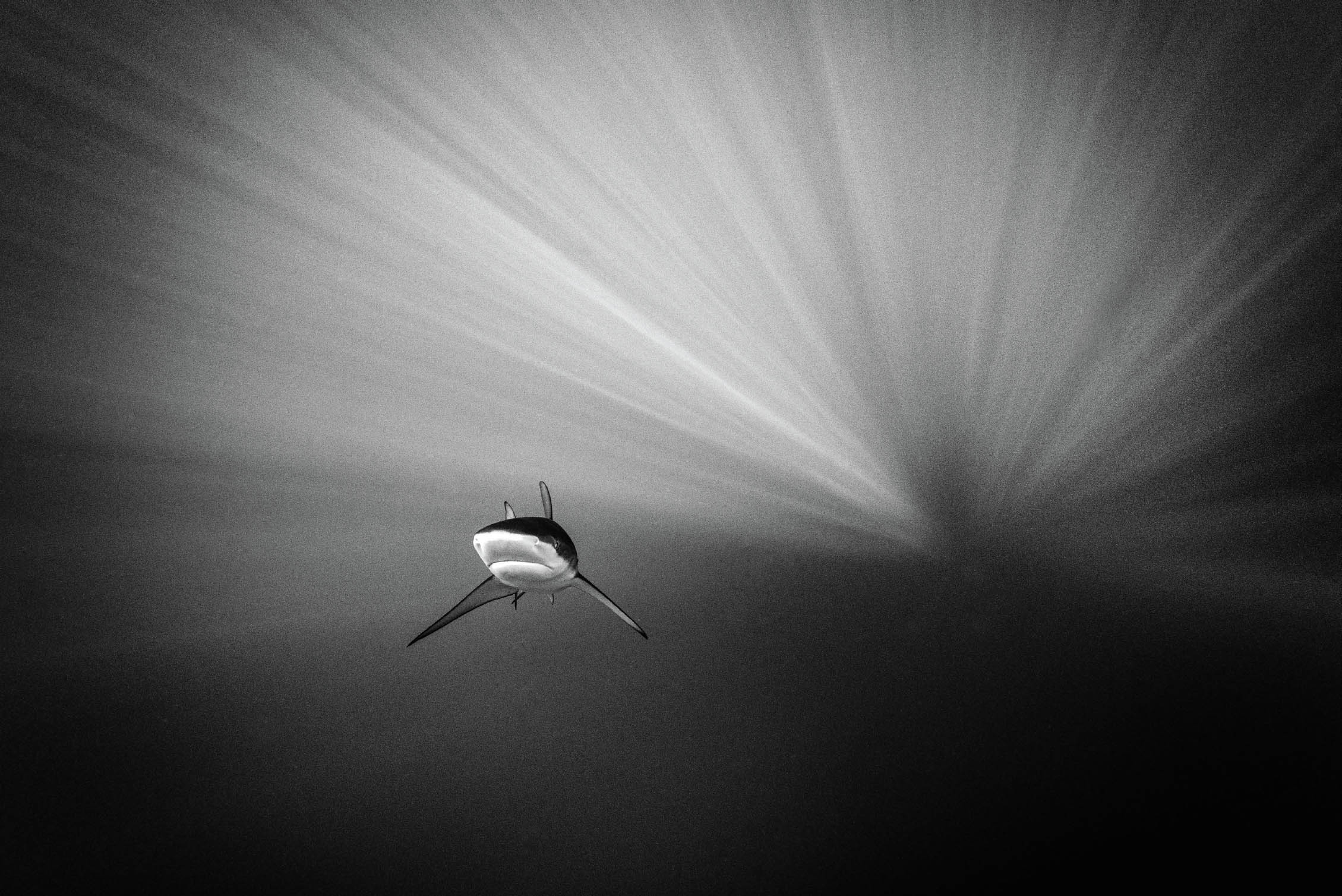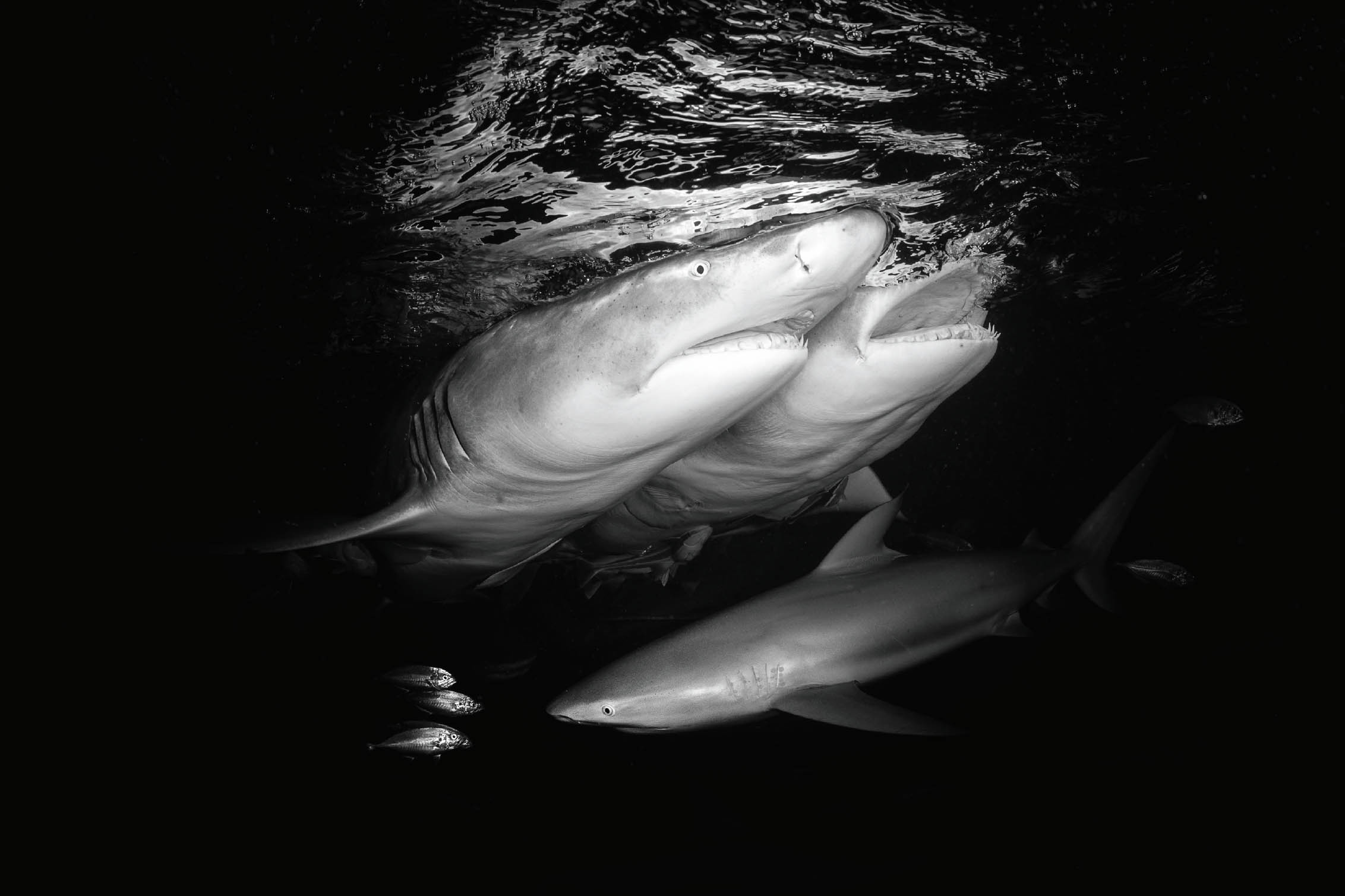I don’t want this brief discussion to be about abstract photography (a movement all its own), but about using abstraction when more literal techniques just don’t work, or when the image you want to make is about so much more than the actual thing you’re photographing. I want to encourage you to make the occasional foray away from the literal.
Abstraction isn’t the only way to do this. Impressionism, too, as it is explored by photographers, is incredibly liberating and offers creative options that more literal techniques do not. Spend an afternoon with the paintings of Monet, Cézanne, Van Gogh, or J.M.W. Turner, to name a few, and you will see the power of what came to be known rather spuriously as “Impressionism.” Spend that same amount of time looking at Rothko, Picasso, or Pollock, and you will see the power of abstraction.
When I make this recommendation to photographers, I generally get one of three reactions. The first is that they just don’t understand this kind of art, to which I ask what understanding that art has to do with experiencing it. Yes, a little context goes a long way. It’s one reason to take the audio tour in museums and not only look at the art. But must you understand Turner to experience light the way he painted it? Not at all. Nor must you understand jazz to enjoy it, cuisine to appreciate it, or dance to feel its rhythm. When did we all get so hung up on understanding and let it take precedence over experiencing and feeling something with our guts and our hearts?
The second reaction I get is more serious. “But that’s not the way the world looks,” they say, as if the world really looks like any of the photographs we make: elements are pulled from their context by a frame, relationships are distorted and ordered by lenses and perspectives, time is misrepresented with shutter speeds, made to freeze forever. As if time ever stood still just once. The only thing I can say in reply is, “I guess that depends on how you choose to see,” and hope they’ll take me up on trying to see things a little more playfully.
The third reaction is my favourite: “Let me try that!” They are mesmerized by the possibilities and the unexpected. These photographers may never show another soul their efforts. They may never post them to Instagram, sell prints to a client, or include the images in their portfolio. But the play and the experimentation will help them understand their tools better and help them appreciate how their camera sees the world. They will begin to embrace play and experimentation, get more comfortable with failure, and take more delight in the play of line, shape, and colour when so-called realism isn’t there to distract.
Assuming you have more in common with the third reaction than with the first two (though in my experience we usually slide from one to the other pretty quickly if we loosen up a little), here are some questions to help guide that exploration:
- Could I create abstraction through isolation by getting close enough, either physically or with my lens, to completely remove all visual clues about the identity of elements in my scene?
- Once I’m close, what lines and shapes can I find that hold my interest on their own merits?
- Could I create abstraction by defocusing my lens in order to render the scene in front of me into colour fields, and make a photograph about those colour relationships?
- Could I create abstraction or a sense of impression with my use of time and motion? Would a slow shutter and various camera movements introduce the feeling of motion and an impression of a scene, rather than a representation of it?
- • Would multiple exposures, or even a combination of multiple exposures and intentional camera movement, create opportunities to make images about shape, colour, and motion?
- What possibilities exist in the darkroom or in Photoshop for combining images and finding new connections and interactions between them?
Above all, I want to encourage play and experimentation in your work. Yes, be intentional and figure out what gives your subject its strongest expression, but don’t forget about delight. Don’t forget that there is more than one way to tell a story or convey a thought, as poets and dancers and musicians have long known, using impressions and word pictures, relying on nothing more than sound and movement to move us deeply.
Sometimes we need to bypass the mind to draw the attention of the heart.
Photographers have a tendency to want to do it “right,” to follow the rules, to run it all past the mind for approval. I suspect this is due to our strong connection to and reliance on the technical tools we use. Having the creative freedom to deny these rules their power and authority, to play with technique for the joy of it, will only spill into your other work, make it stronger, and allow you to become more comfortable with the nuance and ambiguity that have always accompanied art that speaks not only to our minds but to our hearts.
Revillagigedo Archipelago, Mexico, 2016
Revillagigedo Archipelago, Mexico, 2016
Revillagigedo Archipelago, Mexico, 2016
Tiger Beach, Bahamas, 2017




